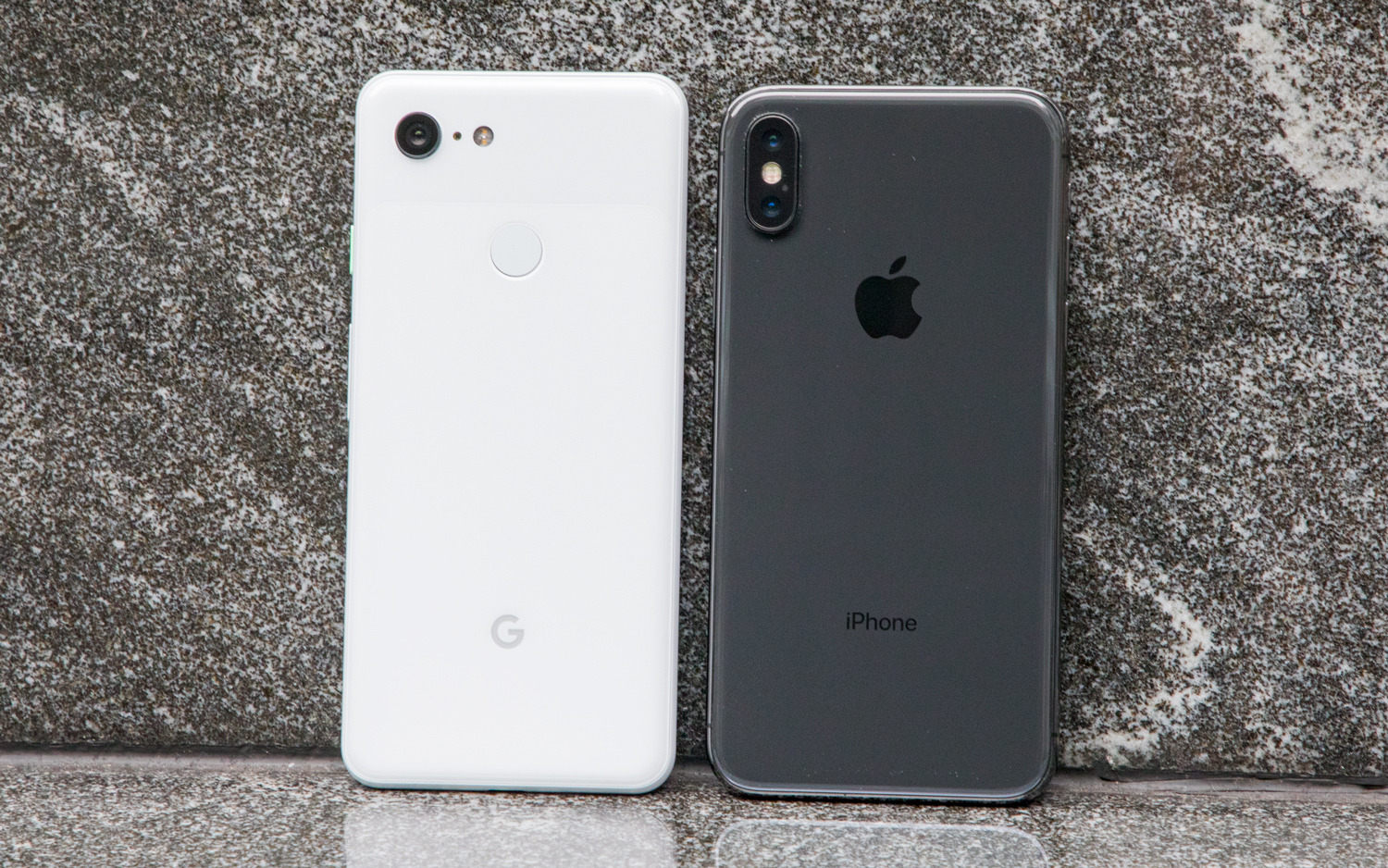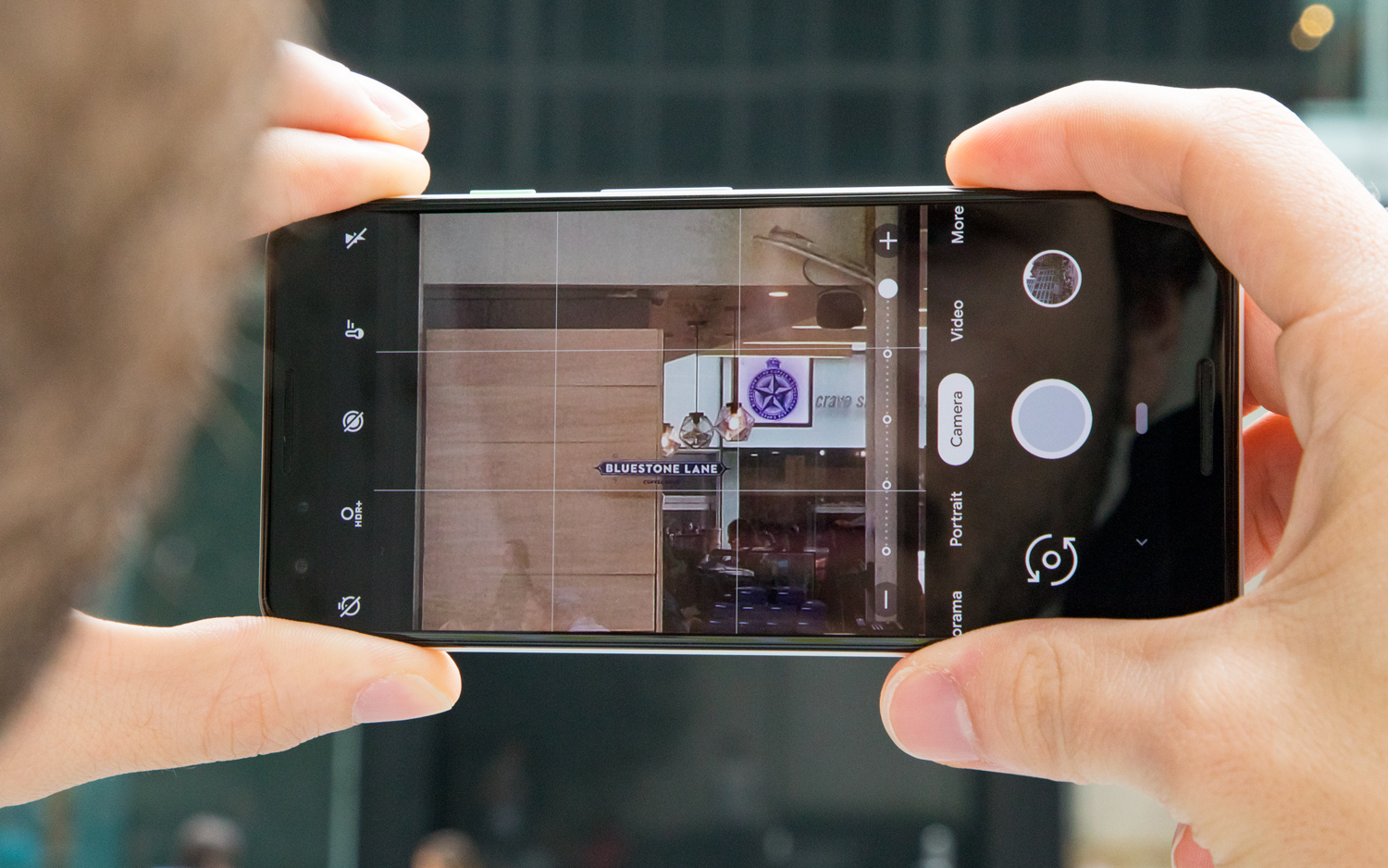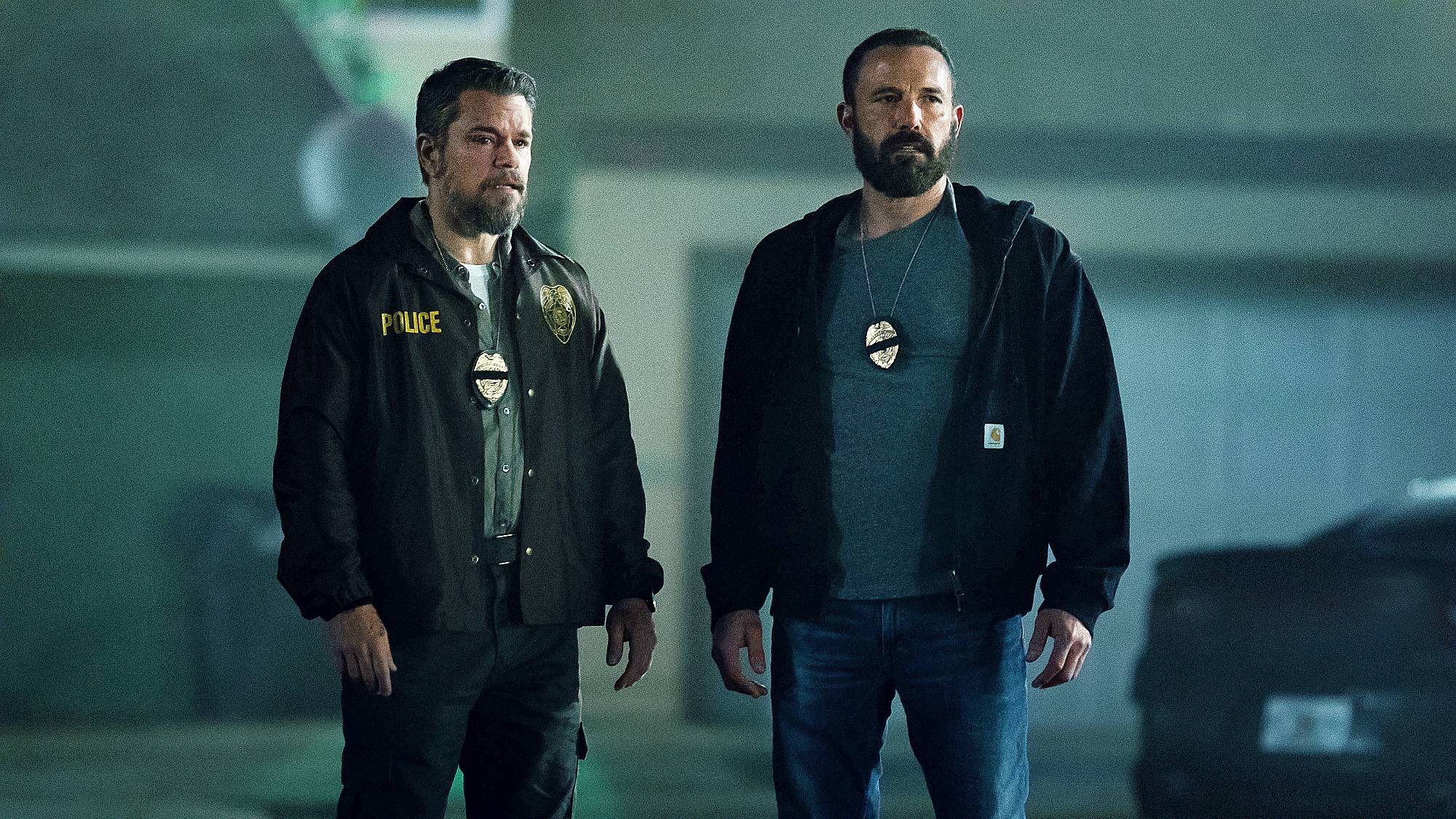Pixel 3 vs. iPhone XS Camera Face-Off: Why Google Wins
The iPhone’s camera produces more natural shots, but the Pixel 3’s software-enhanced images are winners.
On paper, the Google Pixel 3 camera doesn’t sound like the world’s best mobile shooter. The new flagship’s lone 12-megapixel rear lens is largely unchanged from the first Pixel, which launched two years ago.

Google added a secondary wide-angle lens to the Pixel 3’s front-facing camera for capturing more people and scenery in selfies, but when rival Android flagships are packing up to five lenses onto their phones, the Pixel 3’s shooters seem pretty minimal.
But then we put the new smartphone’s camera to the test. The Pixel 3’s lenses easily best those gimmicky quintuple-lens flagships (LG V40 ThinQ, I’m looking at you). But how does the Pixel 3 fare against a formidable rival like the iPhone XS?
We put both phones through a series of demanding shoot-outs to see which is better at taking the kinds of photos we love, from nighttime street scenes to selfie portraits. Here’s who came out on top.
Cameras Compared
The iPhone XS has two rear 12-megapixel lenses, including a telephoto lens with an f/2.4 aperture for capturing portraits and enabling optical zoom. The Pixel 3’s camera can also shoot portraits and high-resolution zoom, but that magic happens behind the scenes with software.

The Pixel 3’s two 8-MP front-facing lenses help you capture more people in a scene, but after switching to the wide-angle lens, you can also see more of the background, which is perfect for images in front of iconic landmarks or beautiful landscapes.
MORE: Pixel 3 XL vs. iPhone XS Max
Get instant access to breaking news, the hottest reviews, great deals and helpful tips.
Aside from that additional lens, the Pixel 3 relies on software to create the images it thinks you want to see. The effects can be remarkable, even if they occasionally don’t seem real.

Super Res Zoom vs. Optical Zoom
The Pixel 3 relies on digital zoom to capture far-away shots, but Google applied some neat software tricks to make digital zoom far better than it is on most other phones. When you zoom in on an object, like we did with this iconic gold clock in the center of Grand Central Station, the Pixel captures multiple frames and uses each variation to fill in details that could be lost.
Where digital zoom often results in grainy or fuzzy photos, the Pixel 3’s AI-optimized version easily rivals the iPhone’s 2X optical zoom, enabled by the two lenses on the back of Apple’s phone. The contrast of the clear white MTA Metro-North Timetables text against the glossy black sign is more stark, and the gold of the clock positively gleams in the Pixel’s image.
Winner: Pixel 3
Low Light
I took the Pixel 3 and iPhone XS for a nighttime stroll around my neighborhood and captured an adorable restaurant from across the street. I thought the combination of nighttime, street light and zoom (once again, 2x optical zoom on the iPhone and Super Res Zoom on the Pixel) would be a challenge.
The iPhone XS captured more true-to-life colors, while the Pixel enhanced every aspect, from the green of the chair seat to the red of the brick building. Even though I know the Pixel’s result was more artificial, I still prefer it.
Winner: Pixel 3
Portrait Mode
Every smartphone worth its salt now offers DSLR-like bokeh, so we were curious to see how the Pixel 3 stacks up. Google’s phone doesn’t have a dual-lens camera to bring a subject into focus and blur the background; instead, the Pixel uses software to sharpen and soften where it sees fit. And it’s very good.
In this portrait of me in Manhattan’s Bryant Park, my skin tone and hair color are more natural-looking in the Pixel’s portrait. There’s a slight green cast to the iPhone XS shot. But you’ll notice that both phones struggle with the bokeh around my curly hair, the Pixel even moreso than the iPhone. This one is a draw.
Winner: Draw
Selfie Portraits
The Pixel struggled with the same unevenness in applying the blur in front-facing Portrait Mode, particularly on the left side of the photo, where there are patches of blur around my ear and jacket.
The Pixel 3 also smooths out my skin more than the iPhone, which is strange because the iPhone XS has been criticized for overly beautifying selfies. (I don’t mind the Pixel effect, but I have noticeably more freckles in the iPhone’s shot.) Aside from the freckles, the iPhone also more accurately captured my skin and hair color, and the blur around my jacket is even.
Winner: iPhone XS
Outdoor Flowers
For this photo of flowers in Bryant Park, the iPhone’s more accurate colors were in full effect. The bright white of some petals contrasted with the pink veining in others against a backdrop of deep green fronds was more true-to-life than the the Pixel’s.
Google’s phone deepened the backdrop so the contrast between the greenery and the building was more dramatic, but the iPhone’s softer-lit scene is how it appeared in real life. In some cases, Google’s heightened AI-assisted effects do a lot of heavy lifting to make a photo better. In this case, though, we prefer the natural look.
Winner: iPhone XS
Street Scene
While playing tourist in Herald Square, we noticed the Pixel 3 captured crisper street scenes than the iPhone XS.
As you can tell in this photo of Macy’s on 34th Street, the Pixel reduces the haziness around the Macy’s building and brightens the red street signage by the subway, where the iPhone’s image is pretty blah by comparison.
Winner: Pixel 3
Overall Winner: Pixel 3
The iPhone XS takes more natural shots with colors that are more true to life. Its dual-lens shooter takes portraits that also are more DSLR-like than the Pixel’s. But the Pixel 3 edges out the iPhone XS thanks to the help of software that turns out bright, crisp and colorful photos, even in at night. We’re betting the Pixel 3’s low-light images will look even better when the promised Night Sight features debuts in a software update. With Night Sight, the Pixel will then combine several low-light frames to fill in details and make the final image look brighter.
| Pixel 3 | iPhone XS | |
| Zoom | ✓ | |
| Low Light | ✓ | |
| Portrait | ✓ | ✓ |
| Selfie Portrait | ✓ | |
| Flowers | ✓ | |
| Street Scene | ✓ | |
| Overall | 4 | 3 |
Some photographers don’t want software doing all the work. In that case, the iPhone XS provides a more natural-looking shot you can take to the next level with your own editing (or an artfully applied Instagram filter). But the Pixel 3’s camera will only get smarter, and we’re looking forward to seeing what other features are in store.
Credit: Tom's Guide
Caitlin is a Senior editor for Gizmodo. She has also worked on Tom's Guide, Macworld, PCWorld and the Las Vegas Review-Journal. When she's not testing out the latest devices, you can find her running around the streets of Los Angeles, putting in morning miles or searching for the best tacos.
-
PRAFULLA CHANDRA Check the nypd security sign in pixels photo its looking black while it’s blue in real lifeReply
 Club Benefits
Club Benefits





